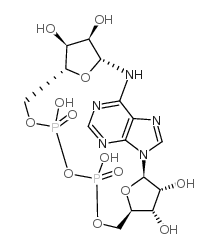| Structure | Name/CAS No. | Articles |
|---|---|---|
 |
NAADP tetrasodium salt
CAS:5502-96-5 |
|
 |
Cyclic ADP-ribose
CAS:119340-53-3 |